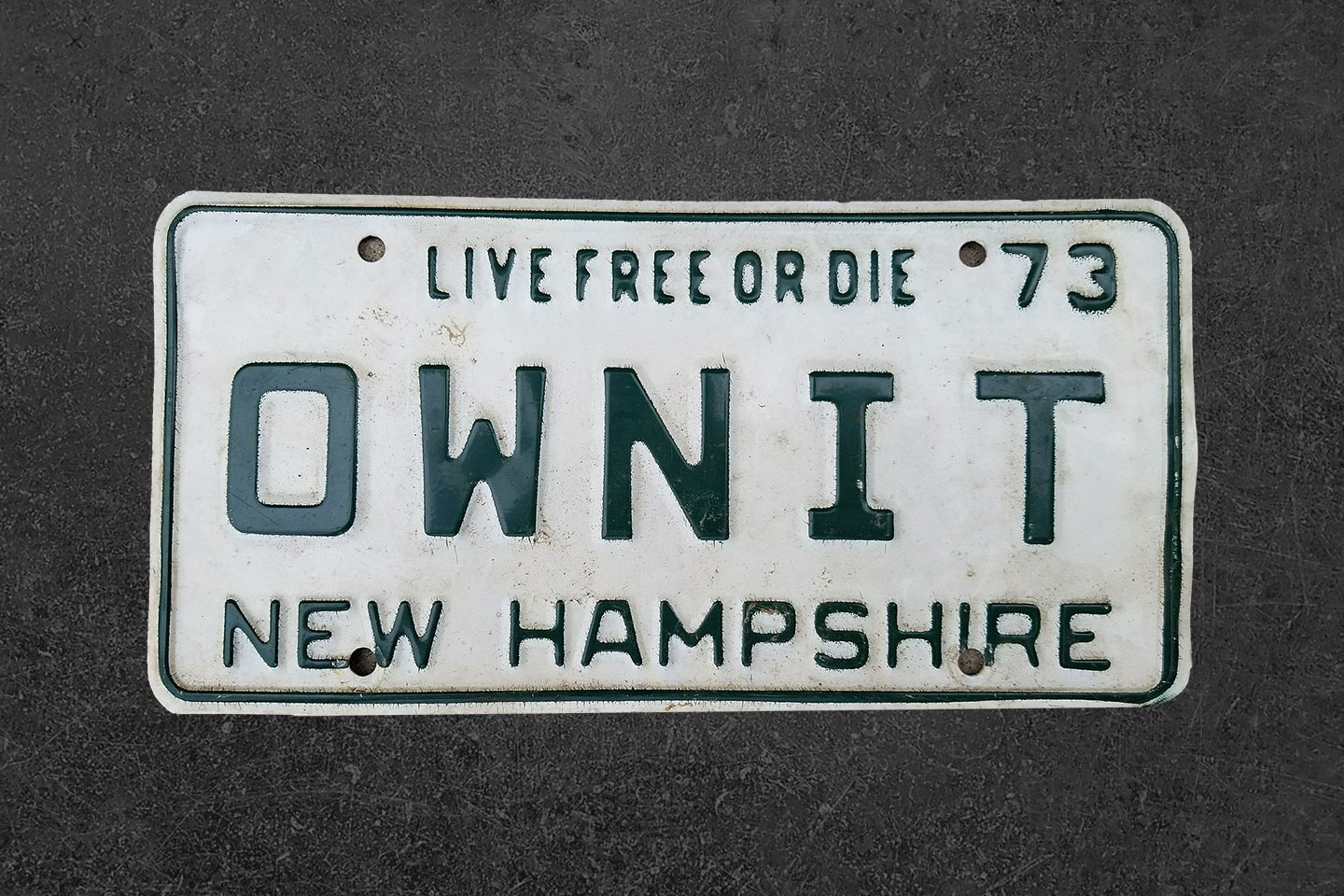We’re in the fourth wave of fintech (the first was in the 70s with the arrival of that now-germ-invested relic, the ATM), nearing its end. What’s the score, you ask? The secular march of fintech progress has offered great strides in convenience, decent expanded access and nominal cost savings to the consumer.
Here’s our attempt at a scorecard for fintech’s efficacy. Our framework is that the purpose of fintech is to create efficiencies: efficiencies of convenience, access and cost. For simplicity, we divide fintech into simple, typically short-term products and services (a payment, a deposit, a trade), and complex, typically longer-term solutions (a mortgage, an investment, insurance). If you’re pressed for time, the bottom line is that utopia is still a ways off.
Give Me Convenience, or Give Me Death
Speed, ease, experience, delight: this is where fintech has excelled. It’s easier to find financial information than ever before (from Nerdwallet to Lendingtree and Nav to Fundera). Mint and 100s of PFMs give us easy access to our financial behavior, thanks to Yodlee, Plaid and other data aggregators. Bank accounts are easier to open entirely online. People like digital-only banks better than their predecessors. Online billpay and remote check deposit are ubiquitous. Venmo and its bank-centric sister, Zelle, are chipping away at checks.
Complex products have also seen dramatic improvements. More insurance can be bound online (vs. requiring phone, paper or in person). Robo-advisors, from Betterment to Vanguard, make passive investing super easy and entirely online. And Vestwell and ForUsAll have brought retirement savings to current-day standards. There’s still more to go, but we believe fintech has made its most substantial contribution to greater convenience, which mostly translates to more and better engagement, with less time wasted and fewer good intentions thwarted.
The More the Merrier
Expanding access to more people is another important axis of fintech’s inevitable march, both domestically and globally. Billions still rely on cash, and a shocking number of people in America remain stubbornly outside of the financial mainstream. But good news here.
Debit and credit cards are accepted by over 10 million merchants, up 20% just in the past five years, in part thanks to the Stripes and Braintrees of the world. The number of people using peer to peer payments grew from 64 million in 2017 to 96 million last year.
Related, there is good news for the un- and underbanked, a population that oversamples cash-centric, typically expensive alternatives. The underbanked shrunk between 2013 and 2019 from 28% to 21%, in what will likely be a secular decline in favor of more digital products with lower costs and more onramps to traditional offerings. Chime, and others serving lower income Americans, have made a big impact. It’s also encouraging to see how much payroll direct deposit has increased over the past several years, which chips away at check cashing. And unsecured online personal loans are chipping away at payday and its brethren.
For complex financial products, the same access still lags behind. Half of families have nothing in retirement accounts, and ⅔ of Americans don’t have a non-retirement investment account. There are no long-term financial planning solutions to speak of for those who didn’t have them already, with the possible exception of what online advice the likes of Nerdwallet offer.
Many have argued that lending is more equitable than ever. On one hand, it’s been shown that fintech lenders discriminate 40% less against minority borrowers than traditional lenders, charging an average of 7.9bps more, costing them $765M per year in excess interest. Then again, being un/underbanked continues to afflict minority households more than white households.
Penny Wise
Technology has driven down the cost of every sector it has touched. But for most financial services, fintechs have not generated cost savings for consumers. The average American spends 12% of their pre-tax income on financial services, particularly driven by auto insurance, mortgage interest, and credit card interest. Look at risk premiums, the yield in excess of the risk-free rate of return. As you can see in the chart below, for almost every loan type, the risk premium is higher today than in the past 20 years, and near all-time highs for credit cards, personal loans and mortgages. In other words, the consumer is paying more, not less.
A basic checking account can cost a consumer as much as $750 a year. While the headlines we see about lower cost brokerages and prices of international remittances diminished recently, the majority of costs are stagnant or rising, despite all the advances in technology, despite the great March of Fintech.
Where Have All the Good Times Gone?
So, with all this capital and talent pouring into fintech, where are all the efficiencies going? In short, the rich are reaping the most cost efficiencies, the middle of America are making the biggest experience gains, and the poor have benefited from expanded access. Across the board, consumers are benefiting from saving time. And time, as they say, is money.
But in a world where the value of capital is higher than the value of most people’s time, the cost efficiencies from lower cost distribution, better risk management and less friction (cost of goods sold) are mostly accruing to industry, not the consumer. Fixed and variable costs of fintechs are lower. Fintech market caps increased from $60 billion to $360 billion from 2010 to 2018. And fintech revenues will grow from $150 billion in 2018 to $500 billion by 2030, an 11% CAGR. Simultaneously, traditional financial services’ market cap and revenue have continued to grow at steady clips.
Fintechs are generating profit while traditional financial services continue to grow. This tells us that cost savings are not fully being passed along to consumers. Many of the “mission-driven” fintechs with grand goals of saving the world are in fact providing easier, more accessible versions of old ideas for effectively the same price to the consumer. Salary advance based on subscription or tipping still amounts to three- or four-digit APR. Low-balance, all-digital checking accounts with a monthly fee still cost the consumer over $100 per year. And often, when the cost is, in fact, much lower for the consumer, it is being borne, unsustainably, by venture capitalists hoping for magic.
What needs to happen? We need to marry lower cost distribution, better risk management, lower COGS, low cost of capital and fiduciary advice with business models that align consumer outcomes with profit (consumer loses, company loses). Everyday Americans need fintechs to do for checking accounts, home loans, and auto insurance what Robinhood has done for brokerage services and Ripple has done for international remittances: true cost disruption of the sector, not just a better UX. It’s time for fintechs to live up to the hype and create the consumer-oriented, low-cost utopia that has been promised for so long. The next stop for the March of the fintechs has to be widespread cost savings to the everyday consumer.




